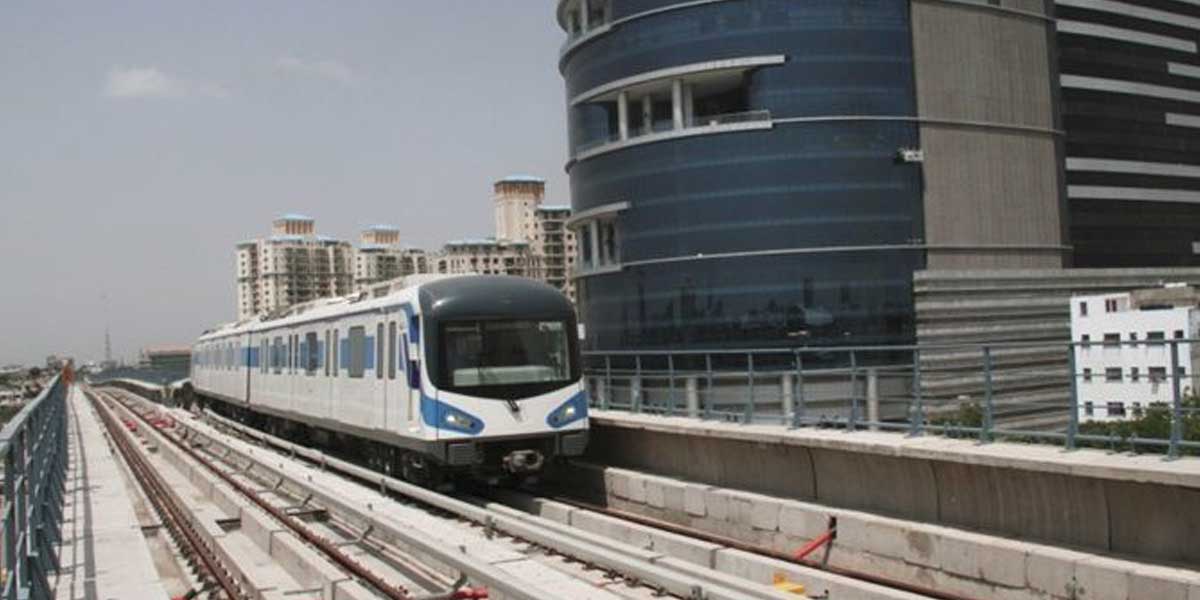Haryana approves final DPR of metro- rail connection
01 Oct 2020

The Haryana Cabinet has granted approval to the final DPR of the metro-rail connection that is intended to provide metro connectivity to the residents of old Gurugram.
The project, costing Rs.68.21 billion, has a total length of 28.8 km with six interchange sections and 27 elevated stations. Starting at the HUDA City Centre, the link will move towards Sector 45, Cyber Park, District Shopping Centre, Sector 47, Subhash Chowk, Sector 48, Sector 72 A, Hero Honda Chowk, Udyog Vihar Phase 6, Sector 10, Sector 37, Basai Village, Sector 9, Sector 7, Sector 4, Sector 5, Ashok Vihar, Sector 3, Bajghera Road, Palam Vihar Extension, Palam Vihar, Sector 23 A, Sector 22, Udyog Vihar Phase 4, Udyog Vihar Phase 5 and finally merge in the existing metro network of Rapid Metrorail Gurugram, at Moulsar Avenue station near Cyber City.
As reported, the mass rapid transit system (MRTP) linkages are being constructed to augment the competence and efficiency of the transportation system in the NCR. Facilitating the maximum part of Gurugram, it will interchange with the MRTS Corridor at Subhash Chowk, with Bus Stand at Sector 10, with Railway Station at Sector 5 and with Rapid Metro at Moulsar Avenue Station.
The MRTS Corridor at Subhash Chowk will interchange with the Yellow Line at HUDA City Centre and, therefore, will provide direct connectivity to a large part of Gurugram with Delhi. It will also interchange with RRTS stations at Hero Honda Chowk and Sector 22 and provide connectivity up to Sarai Kale Khan, on the New Delhi side, and to Shahjahanpur, Neemrana and Behror, Rajasthan, on the other side.
The corridor is expected to have a daily ridership of 5.43 lakh passengers for the year 2021, 7.26 lakh passengers for the year 2031, and 8.81 lakh passengers for 2041. Apart from connecting Gurugram via metros, the project has a number of consequential social benefits. It will lead to the overall reduction in the use of private vehicles including buses, causing a reduction in accidents, road maintenance costs, vehicle operating costs, fuel consumption and passenger travel time. The project is expected to be completed by 2025.

